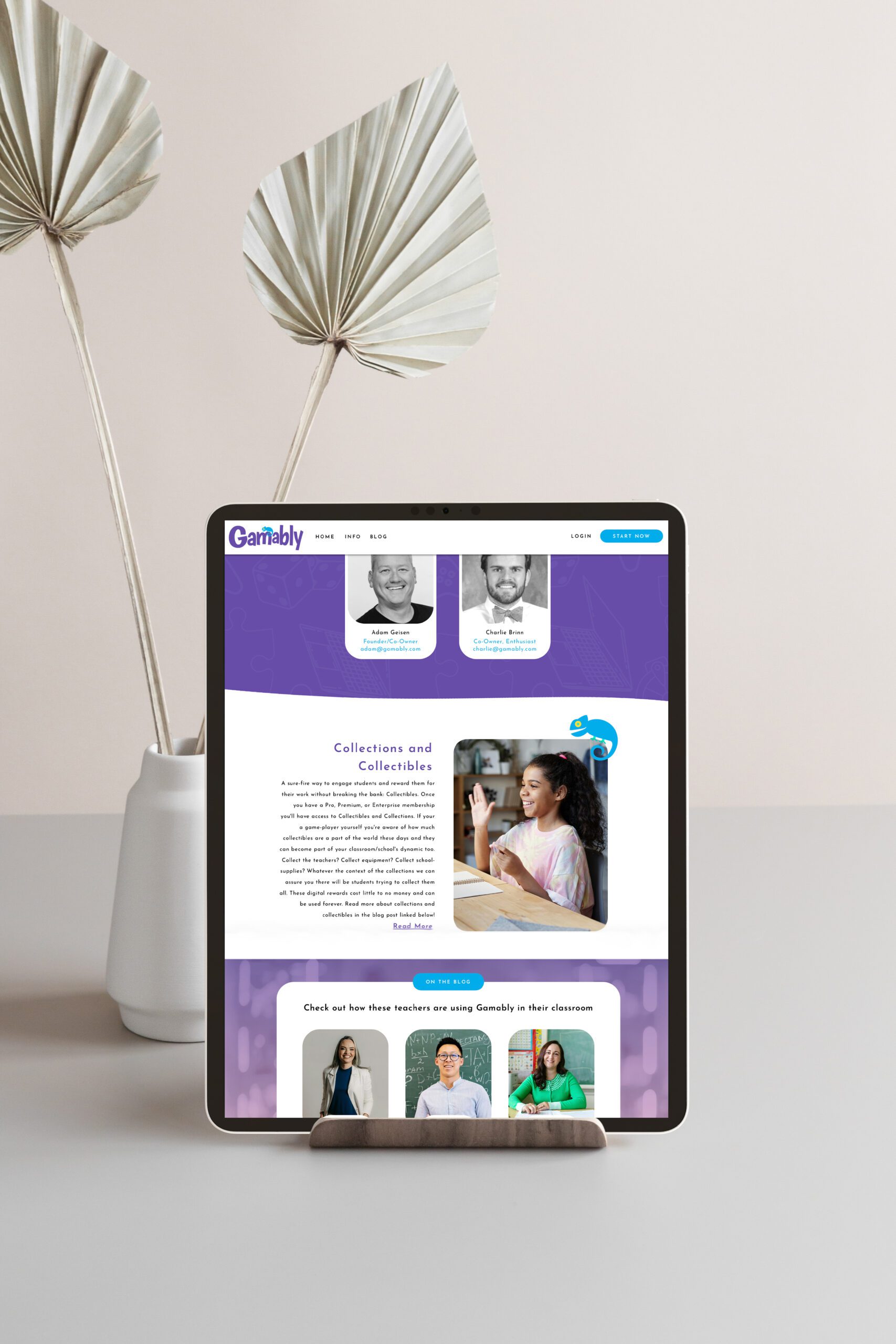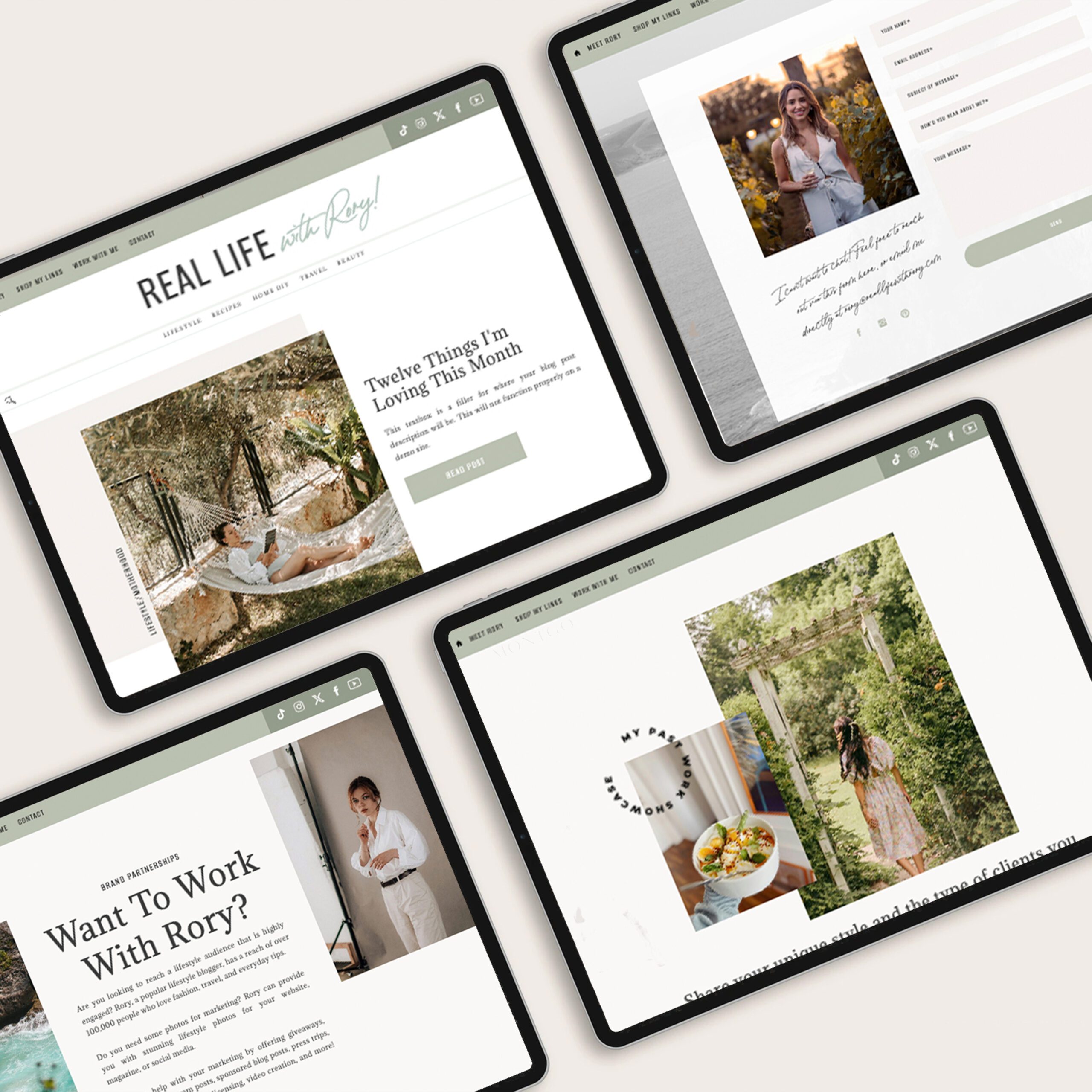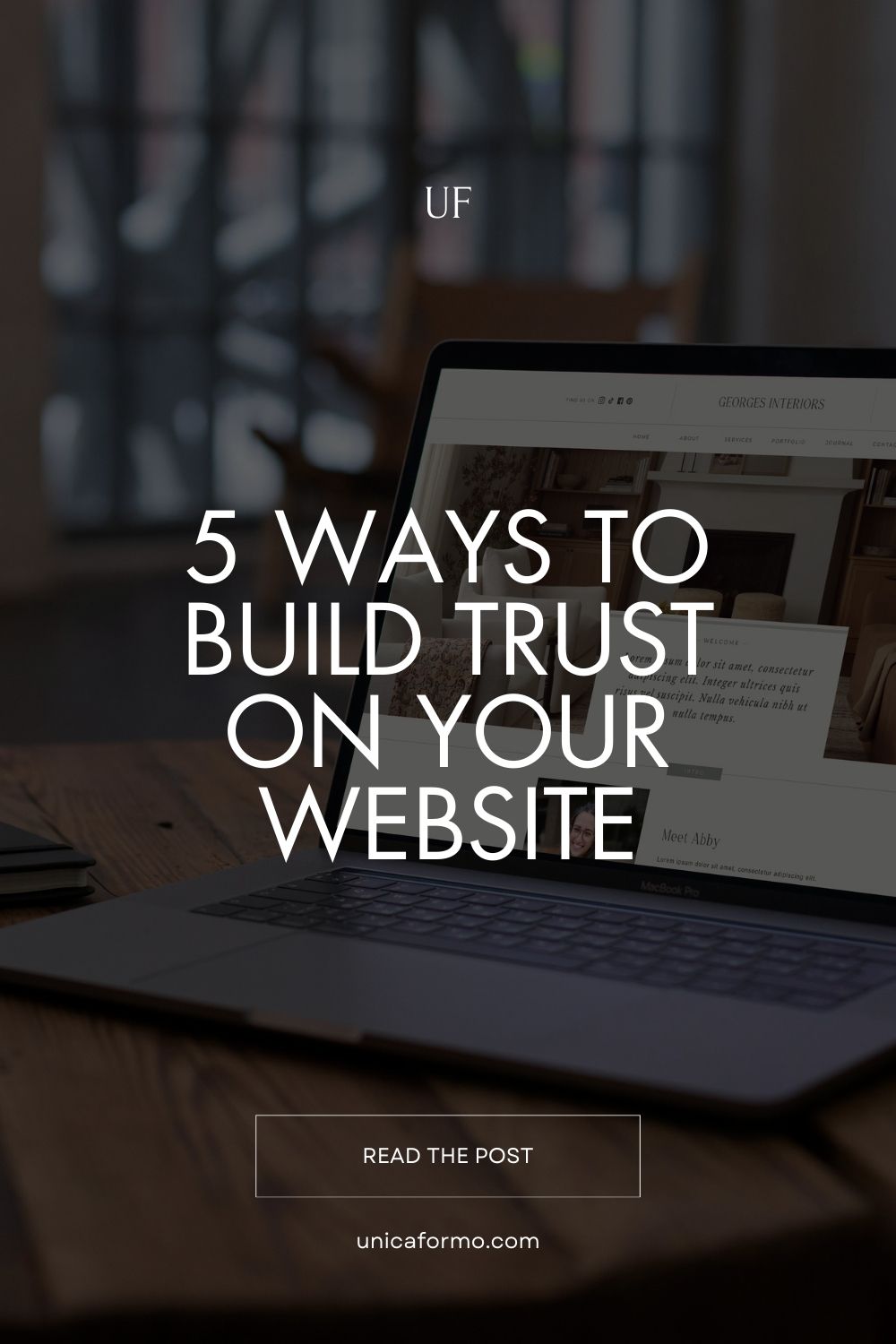Introduction: Why It’s Crucial to Build Trust on Your Website
When visitors land on your website, they make quick judgments about whether they can trust your brand. Whether they’re thinking about making a purchase, signing up for your newsletter, or simply browsing, their decision to engage with you depends largely on the trust they feel. If you don’t build trust on your website right away, your visitors may quickly leave—and take their business elsewhere.
Building trust on your website is key to establishing credibility and creating a relationship with your audience. In fact, trust is the foundation of any successful online business. Without it, even the best products or services may not convert as effectively. So how can you make your website a place where visitors feel comfortable, confident, and ready to take action? In this post, we’ll share 5 practical strategies you can use to build trust on your website and convert casual visitors into loyal customers.

1. Create a Clean, Professional Design to Build Trust on Your Website
The first thing your visitors will notice when they land on your website is the design. A clean, modern, and user-friendly website makes a powerful first impression. If your site feels outdated or difficult to navigate, visitors may question your credibility.
Here’s how to make sure your website design helps you build trust:
- Easy Navigation: Make it easy for users to find what they need. A well-organized navigation menu ensures a smooth experience, reducing bounce rates and encouraging visitors to stay longer.
- Consistent Branding: Your website design should reflect your brand identity. Use consistent colors, fonts, and imagery to convey a professional image that reassures visitors.
- Mobile Responsiveness: More than half of all internet traffic comes from mobile devices. A mobile-friendly website ensures your visitors have a positive experience, whether they’re on their desktop, tablet, or phone.
- Fast Load Times: Slow websites are a big turnoff. Optimize your site for speed to make sure users don’t leave before they’ve even had a chance to explore.
By providing a clean and professional website design, you’re sending a strong message that you value your visitors and are committed to delivering a great experience.
2. Use Trust Signals to Show You’re Legitimate
When visitors land on your website, they want reassurance that they can trust you with their time, money, and personal information. Trust signals are one of the most effective ways to build trust on your website.
These signals can include:
- Customer Reviews & Testimonials: Displaying positive feedback from past customers shows that you’ve successfully helped others. Social proof, such as reviews or testimonials, can be a powerful trust builder.
- Security Features: If you handle sensitive data, such as credit card information, displaying security seals (like SSL certificates) helps visitors feel safe. Make sure your website URL begins with “https” to indicate it’s secure.
- Accreditations & Certifications: If your business is accredited by industry organizations or has earned certifications, make these visible on your site. These logos help build trust by associating your brand with respected third parties.
- Awards & Recognition: Don’t shy away from showcasing any awards or notable recognitions you’ve received. Whether it’s industry-specific awards or mentions in reputable media outlets, these accolades can make visitors feel more confident in your brand.
Incorporating trust signals into your website ensures that visitors feel more comfortable and secure when engaging with your business, whether they’re making a purchase or simply browsing.

3. Be Transparent: Provide Clear and Honest Information
One of the best ways to build trust on your website is by being transparent. Visitors want to know what they’re getting, what to expect, and why they should choose your brand over others. Lack of clarity can make visitors feel uncertain, and uncertainty erodes trust.
Here’s how to be more transparent:
- Product/Service Descriptions: Clearly explain what you offer. Be honest about the features, benefits, and limitations of your products or services. Transparency builds trust because it shows you have nothing to hide.
- Clear Pricing: Avoid hidden fees or complicated pricing structures. If your pricing is straightforward, visitors are more likely to trust you. Display all costs clearly so there are no surprises.
- Company Info: Include an “About Us” page that shares your company’s story, values, and mission. Let visitors know who you are and why you do what you do. A humanized brand creates a sense of connection and trust.
- Policies: Make your return policy, privacy policy, and terms of service easy to find and easy to understand. If your site doesn’t provide this information, visitors may feel uncertain about purchasing or sharing their information.
When you’re open and honest, visitors will appreciate your transparency, which builds trust and encourages them to take the next step.
4. Offer High-Quality Content That Provides Value
When it comes to building trust on your website, content is an invaluable tool. Quality content not only helps visitors solve problems, but it also positions you as an expert in your field. If your content is helpful, well-researched, and relevant, it can significantly increase your website’s credibility.
Here are some ways to leverage content to build trust:
- Blog Posts: Regularly posting useful, informative content shows that you’re dedicated to helping your audience. Whether it’s answering common questions or addressing common pain points, valuable blog content can make visitors feel confident in your expertise.
- Case Studies & Success Stories: Highlight real-life examples of how your product or service has helped customers. This social proof demonstrates that you’ve delivered results and can be trusted to do so again.
- Video Content: Video is a powerful way to connect with your audience. Product demos, behind-the-scenes footage, and customer interviews can humanize your brand and build trust. Videos are also a great way to explain complex concepts in an engaging and understandable way.
- Educational Resources: Offering guides, eBooks, or downloadable resources for free shows that you’re committed to providing value beyond just selling your products or services. This helps foster goodwill and trust with your audience.
By offering high-quality content that genuinely helps your visitors, you’re not just selling—you’re building relationships and establishing your brand as a trustworthy authority.
5. Optimize the User Experience (UX) to Build Trust on Your Website
A website that’s easy to use and navigate helps visitors feel in control, which in turn builds trust. If your website is frustrating or confusing, people will quickly lose interest. Optimizing the user experience (UX) is key to creating a smooth, trustworthy online environment.
Here’s how you can optimize your website for a great user experience:
- Fast Load Times: No one likes a slow website. A delay of even a few seconds can result in higher bounce rates. Ensure your website loads quickly by optimizing images, reducing unnecessary code, and using a reliable hosting provider.
- Simple Forms: Whether you’re collecting leads or processing orders, make your forms as simple as possible. The easier you make it for visitors to take action, the more likely they are to follow through.
- Clear Calls to Action (CTAs): Your website should have obvious, compelling CTAs that guide visitors toward their next step, whether it’s making a purchase, signing up for a newsletter, or contacting you for more information.
- Intuitive Navigation: A cluttered or confusing website is a major turnoff. Organize your content into logical categories and make it easy for visitors to find what they’re looking for with a clean, easy-to-follow navigation menu. (This is another reason I think Showit is the best website option out there!)
A seamless, enjoyable user experience helps visitors trust that your website is professional, well-maintained, and reliable—encouraging them to stick around and engage.

Conclusion: Building Trust on Your Website Takes Time—but It’s Worth It
Building trust on your website is not something that happens overnight, but the rewards are well worth the effort. By focusing on a professional design, using trust signals, being transparent, offering valuable content, and optimizing the user experience, you’ll create a website that inspires confidence in your visitors.
Remember, trust is the foundation of any successful relationship—whether online or offline. So, take the time to implement these strategies on your website, and watch as your visitors transform into loyal customers.
By committing to building trust on your website, you’re laying the groundwork for long-term success and deeper relationships with your audience.
Pin for Later:

Leave a Reply Cancel reply
You’ve built something incredible—don’t let a bad website hold you back.
You’ve built something
incredible—don’t
let a bad website hold you back.
Let’s move beyond just getting noticed. My goal is to position you as the top choice for your ideal clients—creating a brand and website that works for you and leaves a lasting impression. Together, we’ll build something that not only elevates your business but also drives meaningful growth. Ready to make it happen?
get more info
The Ultimate Guide to Setting Up SEO on Your Showit Website
FREEBIE
Supercharge your website's performance and unlock the secrets to higher rankings and increased traffic.
meet the blogger
i'm jordin
Hey there! I'm your friendly neighborhood tech nerd, design aficionado, and proud mom of two adorable troublemakers. Living in the heart of the Midwest with my husband, I'm on a mission to bring creativity and innovation to the digital world. When I'm not crafting pixel-perfect designs, you can find me chasing after my little ones, searching for a new restaurant to try, crate digging at a vinyl shop, or getting lost in a good book!
meet jordin
UNICA FORMO
branding and web design
est. 2016
© 2016-2025 unica formo. all rights reserved | privacy policy | Terms & Conditions
Office hours:
M-Th 8am-4pm est
Unica Formo, led by Jordin Brinn, specializing in personality-driven Showit website design and branding for creative service-based businesses in Ohio and Beyond.